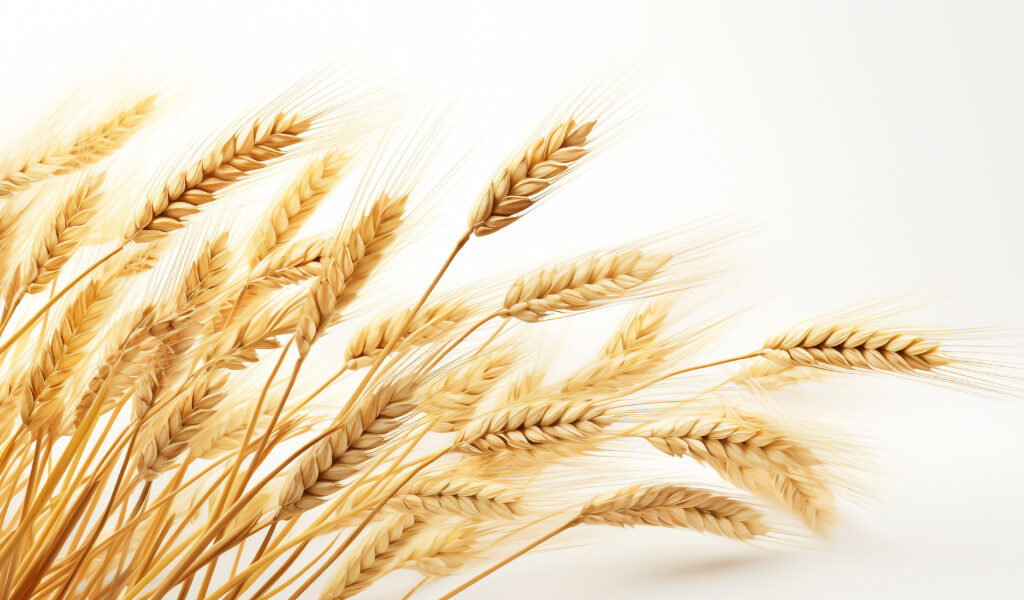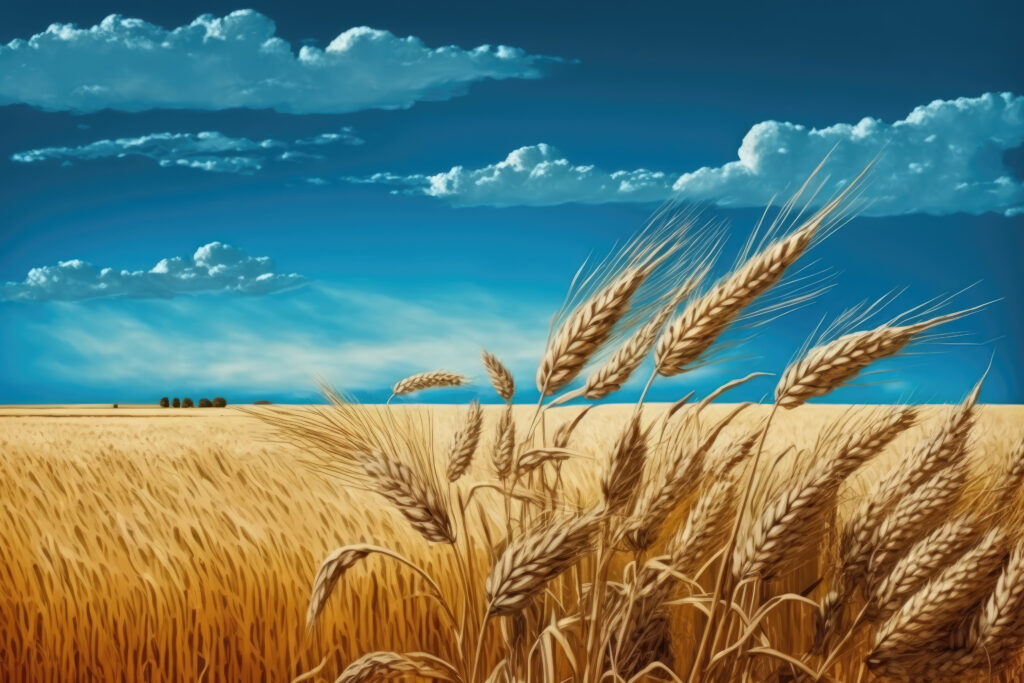Agrawau is a multifaceted concept that bridges tradition and modernity, encompassing cultural, historical, and technological dimensions. It is rooted in ancient practices but has evolved to represent a synergy between heritage and innovation. Often, agrawau serves as a metaphor for sustainable progress, intertwining age-old wisdom with cutting-edge approaches to address contemporary challenges. Its significance lies in its versatility and ability to inspire solutions that honor the past while shaping the future.
Table of Contents
Historical Background of Agrawau
The history of agrawau can be traced back to ancient civilizations where it was deeply embedded in daily life, often influencing agriculture, trade, and social organization. Over centuries, agrawau evolved to reflect the changing needs of societies, adapting to advancements while retaining its core principles. Historically, it symbolized resilience and resourcefulness, traits that allowed communities to thrive in diverse environments. Today, understanding its historical roots provides a window into how traditional practices can inform modern strategies.
Cultural Significance of Agrawau
Agrawau holds profound cultural significance, symbolizing a connection to heritage and community values. In many regions, it is celebrated through rituals, festivals, and artistic expressions, reinforcing its role as a cultural cornerstone. Whether through crafts, music, or storytelling, agrawau serves as a medium for preserving identity and fostering unity. Its cultural importance goes beyond mere symbolism; it embodies the resilience of traditions in a rapidly modernizing world, reminding us of the value of maintaining a sense of rootedness.

Modern Applications of Agrawau
In modern times, agrawau has found relevance in various fields, from sustainable agriculture to technological innovation. Its principles inspire eco-friendly farming techniques, focusing on resource conservation and ecological balance. In technology, agrawau concepts are applied to create solutions that are both efficient and sustainable, such as renewable energy systems. The adaptability of agrawau makes it a vital tool in addressing global challenges like climate change and food security, demonstrating how traditional knowledge can meet contemporary demands.
Challenges and Opportunities
Despite its potential, implementing agrawau in modern contexts comes with challenges such as resistance to change, lack of awareness, and resource limitations. However, these challenges also present opportunities for innovation and collaboration. By integrating agrawau principles into policy-making, education, and technology, societies can create systems that are both sustainable and inclusive. The journey to fully embrace agrawau is ongoing, but its promise lies in its ability to unite diverse perspectives under a shared goal of progress.

Conclusion
Agrawau is more than a term; it is a bridge between the wisdom of the past and the innovation of the present. Its cultural, historical, and modern significance highlights its enduring relevance in shaping a sustainable future. By embracing agrawau, we not only preserve our heritage but also pave the way for innovative solutions to today’s most pressing challenges.
FAQs
1. What does agrawau mean?
Agrawau represents a concept that integrates cultural heritage, sustainable practices, and innovative thinking.
2. How is agrawau relevant today?
It inspires eco-friendly solutions in agriculture and technology, addressing modern challenges like climate change and resource conservation.
3. Can agrawau be applied universally?
Yes, its principles are adaptable and can be integrated into various industries and cultural contexts to foster sustainability and innovation.
4. Why is agrawau important?
Agrawau is important because it symbolizes a balance between tradition and progress, offering insights into creating a sustainable and inclusive future.
READ MORE : James Patrick Page III: Exploring the Legacy and Life of a Modern Artist


